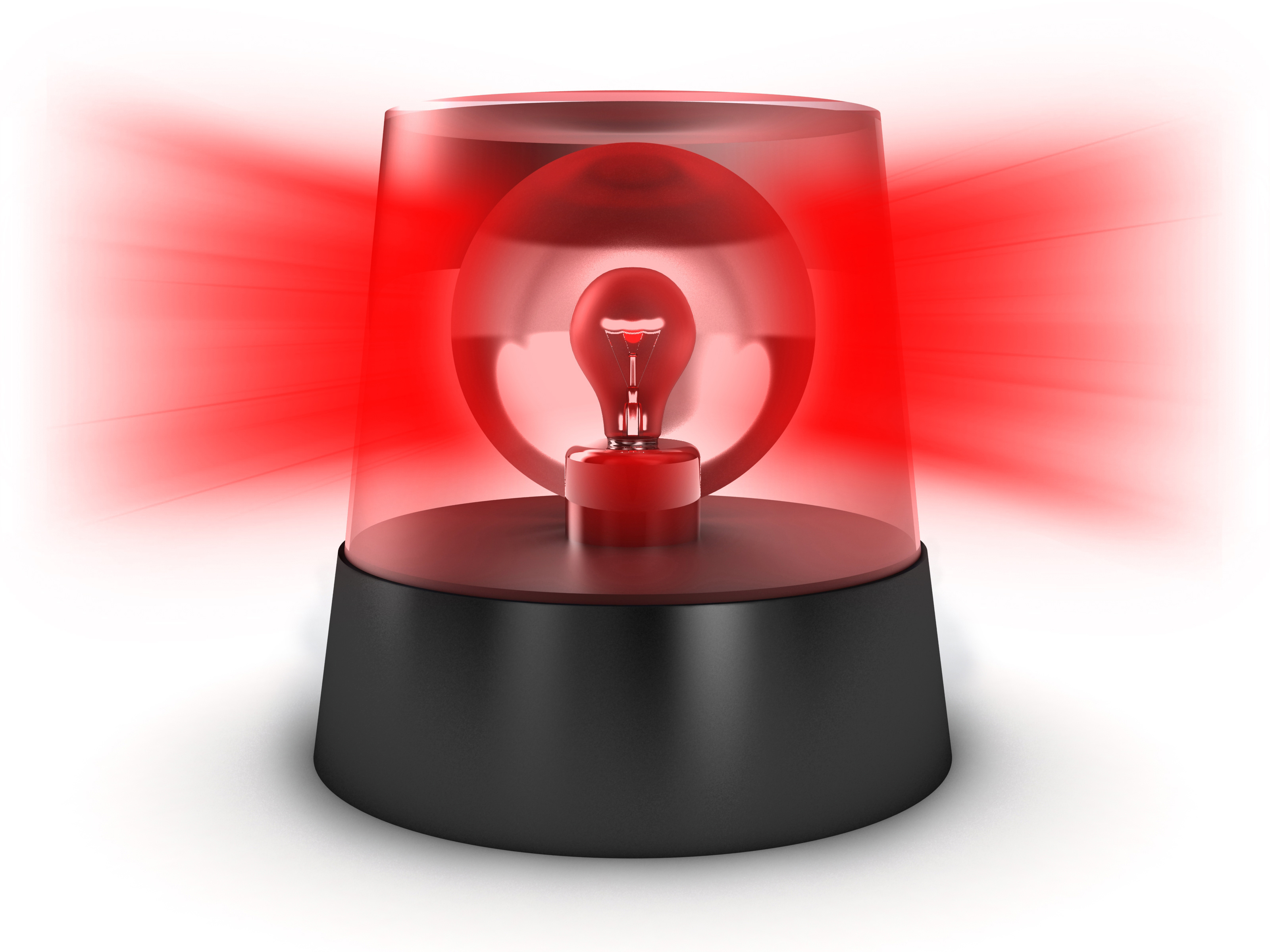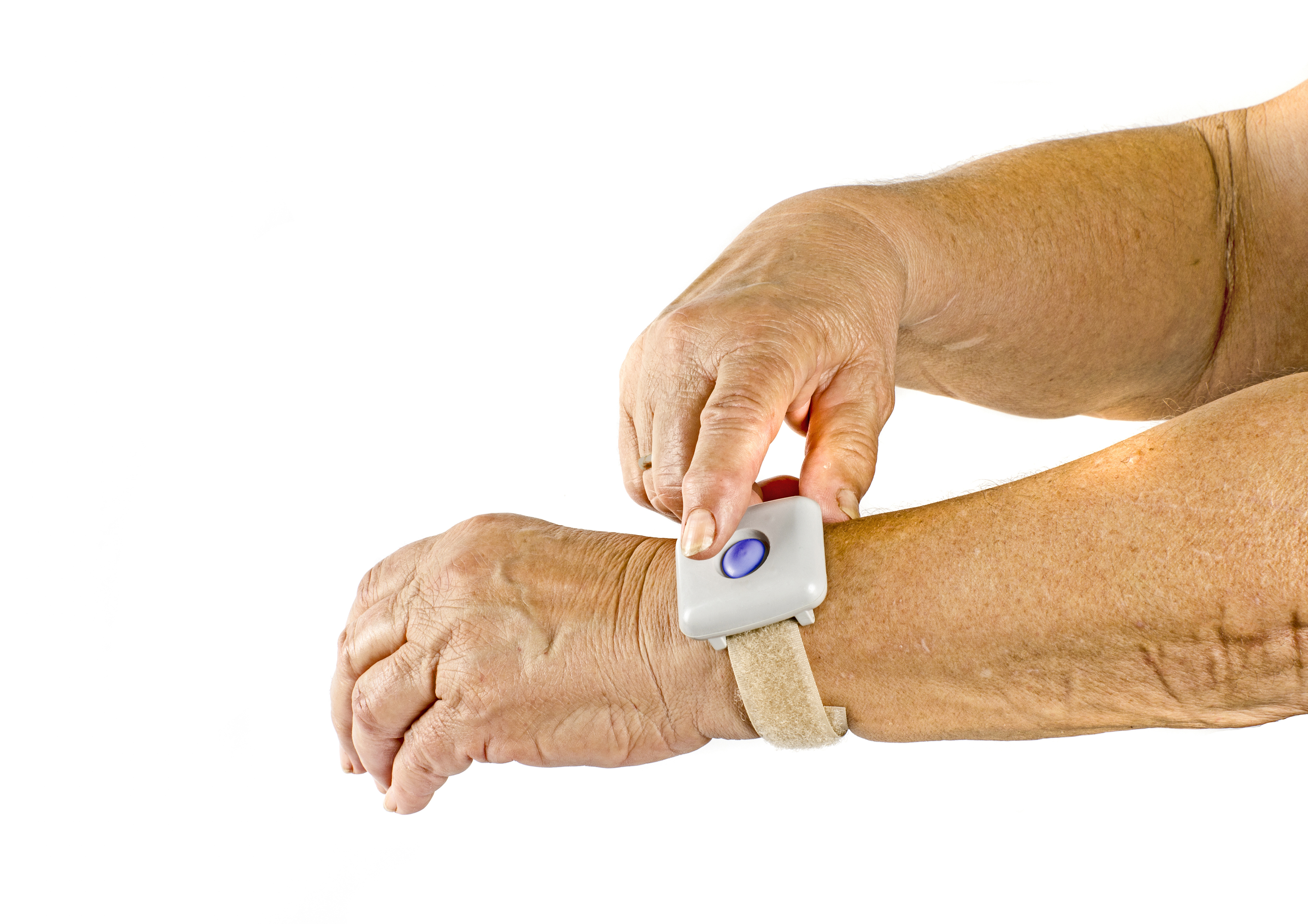
LifeFone offers complex medical alert solutions. Their at-home landline system is reliable and comes with several useful features: from wall and fall detection buttons to daily checks, activity assurance service, customized emergency profile and unlimited emergency notifications. This provider has paid mobile apps, too. There are no shipping or activation fees, but overall we find LifeFone a bit pricier than its competitors.

LifeStation In Home Plus is a simple but reliable medical alert system, which uses cellular connection to connect you to the monitoring center. There are no special features included and the range is quite limited for the help button, but the response times are good and the LifeStation reps are really helpful and available on a 24/7 basis. Also, the additional fall detection service is cheaper than with most competitors.

MobileHelp offers several medical alert services, for home and on the go. The MobileHelp Classic uses cellular connection and works anywhere there is AT&T coverage. In addition to the base station, the system includes 2 help buttons, which are waterproof and have a range of 600m. Response times are really good and the system is extremely easy to install and use.

The MobileHelp Solo does offer the basic benefits of a mobile medical alert system, such as independence from landlines, a cellular connection and GPS tracking. However, it is not waterproof and the rechargeable battery has a below the average life.

The Active Guardian from Medical Guardian is the most expensive product offered by the company and one of the priciest on the market altogether. It is a great portable device, with an impressive battery life, good response times and GPS and WiFi tracking capabilities.

The GoSafe2 from Philips Lifeline is a complex mobile alert system in the form of a small, comfortable to wear pendant. It is an ‘all in one’ device which uses AT&T and 5 locating technologies, it has an accurate AutoAlert fall detection feature and it is water resistant.

Belle and Belle+ from ResponseNow are the mobile alert systems offered by the company. They are somewhat similar, both work with AT&T, but the Belle+ also has GPS and built-in fall detection. Battery life is impressive on both, especially on the Belle, which lasts up to 30 days on a single charge.

The Bay Alarm GPS Mobile is a reliable medical alert device suited for people on the go. It has a great battery life, support in multiple languages and the monitoring staff is helpful and US based. On the downside it is more expensive than other medical alert providers and the fall detection feature is extra.

The GreatCall Lively Mobile is the most affordable mobile system offered by GreatCall. It is IPX7 rated, it is lightweight and can be worn in several ways, thanks to the included accessories. The device doesn’t have the most impressive battery life and the Fall Detection service is included only with their most expensive plan, but the Lively Mobile compensates with an excellent response time, which is the fastest we’ve seen so far.

The Bay Alarm in-home medical alarm system is an affordable and reliable solution. You can choose between a landline or cellular coverage system, you get customer support in 170 languages and there are no activation and one-time device fees to pay. The wearable help buttons are very small and light and 100% waterproof.
Last updated April 13, 2024

Medical alert systems, or sometimes called personal emergency response systems (PERS) are portable devices which consist in a base station and a wearable emergency button, which is basically a wireless transmitter. The button, which usually comes in the form of a bracelet or pendant, can be worn by people with injuries, disabilities, by the elderly or anyone really who is concerned they might fall or find themselves into an emergency situation in which they might need immediate help/assistance.
Once pressed, the button sends a signal to the base station/console unit which is usually connected to your main phone line and a call will automatically be placed to the monitoring center, which is available 24/7.
The base station consists of a microphone and a loud speaker which allow a two-way communication. When the person in distress needs help and presses the button on their necklace/bracelet/etc. the base unit receives that wireless signal and automatically calls the monitoring center. After the call center rep. determines the nature of your emergency/situation, he then calls 911, a family member, friend, neighbor or whoever you consider appropriate.
The wireless emergency buttons on the home medical alert systems work on certain distance ranges, usually up to 1,500 -2,000 feet. Most of them are also waterproof, so you can also use them if you fall or have an accident in the bathtub, shower, pool, etc.
The pendants/wearable devices have a rechargeable battery which runs for around 30 hours or in some cases, even up to several days.
Aside from the most traditional, landline-based medical system alerts, there are also cellular in-home medical alert systems which are also home based. Then there are also systems in which the base unit can be used with VoIP, although it is not as reliable as landlines, because they are completely dependable on your Internet connection.
The most expensive are mobile alert systems, which work with your mobile phone and are more suitable for people who are more active and don’t spend their majority of time at home. They are cell phone based, meaning they use a cellular network connection and most of them can track your location via GPS. You are basically wearing a simplified version of a cell phone on your neck/wrist, in the form of the emergency button. However, subscriptions for these mobile systems are more expensive and there is also the limitation of cellular signal. If you are in an area with no cell signal or weak signal, this type of medical alert system won’t be of much help. On the other hand, they offer more freedom and mobility and they don’t just work on a certain distance, so you don’t risk getting ‘out of range’. The quality of the conversation is also better than with in-home systems, because the speakerphone on the traditional landline-based home systems sounds worse in most cases.
Almost all these medical alert systems work subscription-based. Usually, you have to pay a monthly subscription with no contract, but there are services that require to sign for a minimum of one or two years. You can also choose to pay once every 3 or 6 months, if that suits you better.
There is however the option to choose a system that is not monitored, meaning it doesn’t connect you to the monitoring center where someone will be available 24/7. You can choose to only pay for the device itself and set the alert system so that when you press the button, the system will automatically dial a number you programmed (a friend, family member and so on). These unmonitored alert systems are cheaper and don’t require a subscription.
Medical alert systems are usually installed by someone working for the company you buy/rent the system from, in exchange of a set-up fee. You can also choose to install the system yourself and there are usually ‘how-to’ instructions available.
There are several benefits to using home medical alert systems. First of all, they are way more reliable than smartphones or voice assistants such as Alexa, etc. You are not going to wear your smartphone with you all the time and you might find yourself in an emergency situation when your mobile phone is out of your reach. Also, medical alert systems are more user-friendly especially for the elderly.
The elderly and the disabled use medical alert systems the most and it is reassuring to know your loved and aging one has such a system attached to him/her 24/7. It is also cheaper than hiring a private nurse and it gives them more freedom.
Although the elderly and people who suffered from injuries, are disabled, went through surgery and so on, are the ones who can benefit the most from a medical alert system, anyone can sign up for one, especially if they live alone.

Now that we’ve established the importance and benefits of medical alert systems, it is important to know how to choose the best one for your needs. Just like with any other service/product out there, the market is flooded with choices and not all of them are good for everybody.
Here are some factors to consider when choosing the best medical alert system for you: